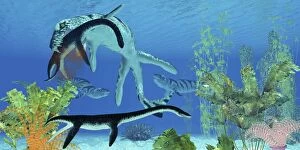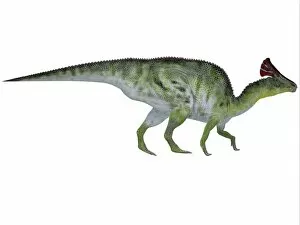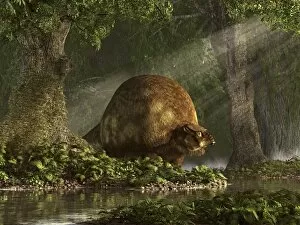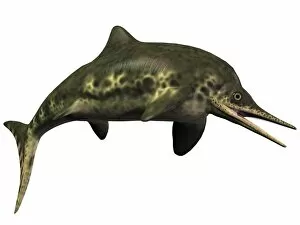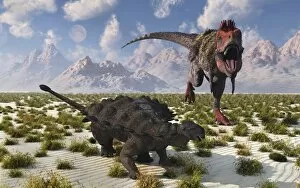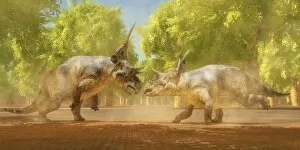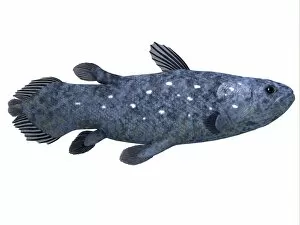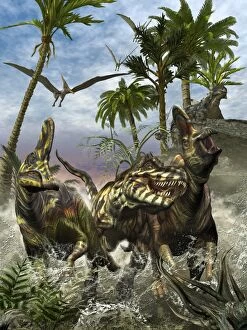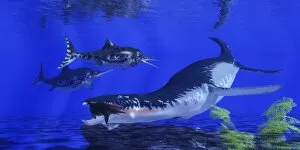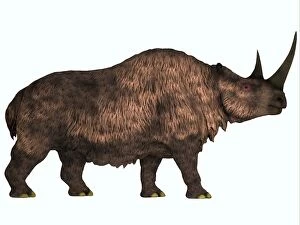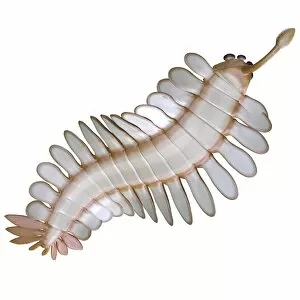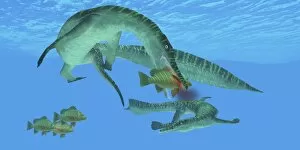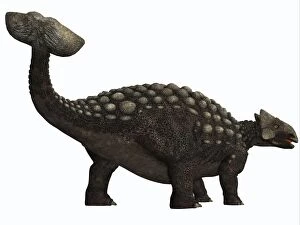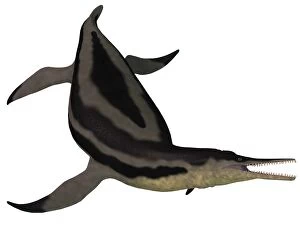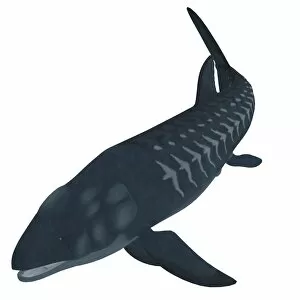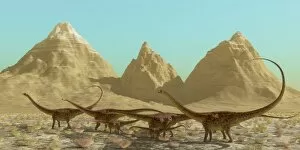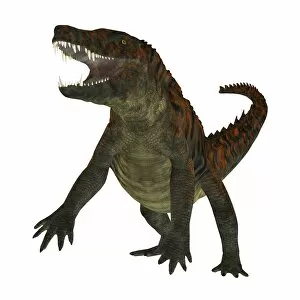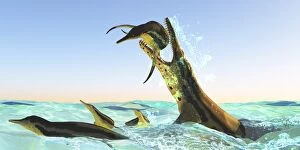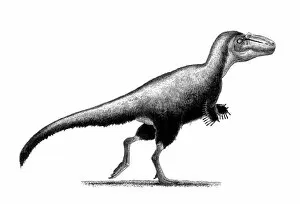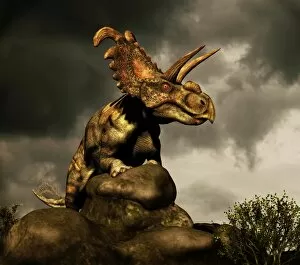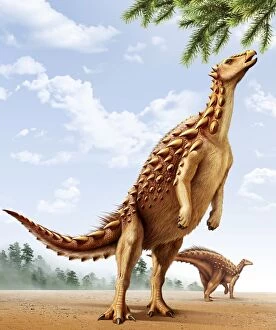Paleoart Collection (#4)
"Paleoart: Journeying into the Prehistoric World" Step back in time as we delve into the captivating realm of paleoart, where imagination meets scientific knowledge
For sale as Licensed Images
Choose your image, Select your licence and Download the media
"Paleoart: Journeying into the Prehistoric World" Step back in time as we delve into the captivating realm of paleoart, where imagination meets scientific knowledge. Witness the wonders of ancient creatures brought to life through stunning illustrations and paintings that transport us to a bygone era. Under the moonlit sky, an Albertosaurus stealthily prowls its territory, relying on darkness to secure its next meal. Meanwhile, a group of Dodo birds gracefully traverse a natural bridge over a babbling stream, showcasing their unique adaptation skills. In awe-inspiring detail, a baby Tyrannosaurus Rex lets out an adorable yet powerful roar while finding solace between its mother's protective legs. A majestic Rubeosaurus roams freely amidst lush prehistoric landscapes, reminding us of the incredible diversity that once existed. Perched on a mountainside with breathtaking scenery as backdrop, Smilodon exudes both grace and ferocity in equal measure. Its presence serves as a testament to nature's ability to create formidable predators throughout history. Traveling further back in time through artistry alone, we encounter mesmerizing depictions such as "Hunting" - an 1871 watercolor masterpiece capturing primitive humans' struggle for survival against mighty beasts like Bison. Anomalocaris takes center stage in another illustration; this enigmatic creature showcases the artist's skillful interpretation based on limited fossil evidence. The grandeur continues with artwork featuring iconic dinosaurs like brachiosaurus and dineobellator – each brushstroke breathing life into these magnificent beings that once ruled our planet. And behold. A feathered tyrannosaurus emerges from artistic vision and scientific discoveries combined—a reminder that even fierce predators may have had colorful plumage adorning their frames. Finally, immerse yourself in "Prehistoric Camp, " another remarkable 1871 watercolor piece depicting early human settlements surrounded by towering giants roaming nearby—capturing humanity's intimate connection with the ancient world.


